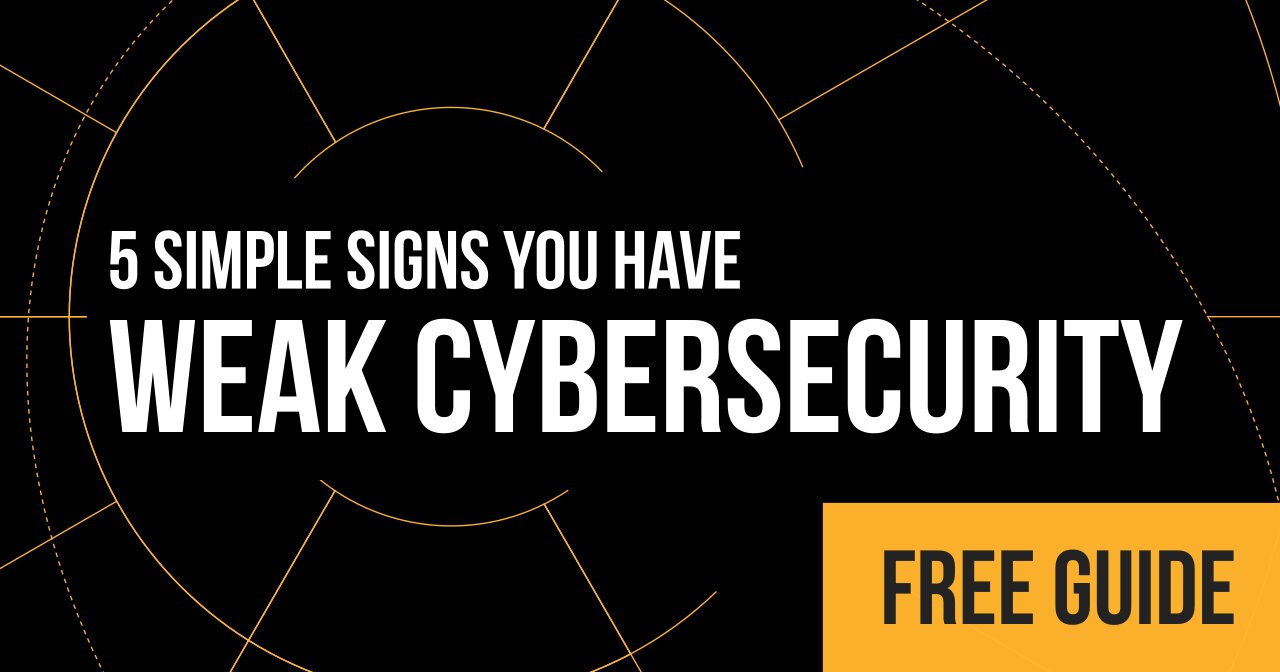 The call is coming from inside the house.
The call is coming from inside the house.
That’s a great horror movie line. No matter how many times a movie uses it, moviegoers always react to it. No one expects the threat to be inside of what they consider to be a safe domain.
Now, let’s think about your network. You have vendors, they have vendors, and they have vendors. How sure are you that a cyber attacker isn’t quietly waiting inside of one of these connections...waiting for the right moment. And then, despite all of your best efforts, the call is indeed coming from inside. The attacker got into your network via a vendor and now your organization is living its own horror movie.
With the recent revelation of a critical vulnerability in ConnectWise ScreenConnect, a tool widely used for remote access, this nightmare might already be well under way. The ScreenConnect vulnerability, for example, exposed thousands of servers to possible takeover. Think about it. A single weak link in the supply chain can jeopardize the security of countless users, which means that if it happens to one of your vendors, hackers now have easy access to your network. They can bypass security measures because you’ve already approved the vendor on your network, and hackers can now just waltz in through the access you intended for a vendor.
That’s a very scary problem. So, what’s the solution? Being proactive.
A proactive approach to cybersecurity involves undergoing a Level 3 penetration test.
PLAN OF ACTION
A Level 3 Penetration Test is a key part of a plan of action that will bring you peace of mind. It’s a comprehensive security assessment designed to identify and evaluate potential vulnerabilities within an organization's network, including those related to supply chain risks. Unlike simpler assessments that may only scratch the surface, Level 3 tests delve deeper, examining the organization from an attacker's perspective to uncover hidden weaknesses. These tests focus on business risks, assessing not just the technical aspects but also how a breach could impact your operations, reputation, and bottom line.
The goal of a Level 3 penetration test is not merely to identify vulnerabilities but to prioritize them based on their potential impact. This prioritization is crucial for developing a Plan of Action (POA) that focuses on mitigating high-impact risks. A well-crafted POA provides a roadmap for strengthening your defenses, ensuring that you're prepared to respond effectively to potential threats.
PEACE OF MIND
The thought of undergoing such a comprehensive test may seem daunting. However, the peace of mind it offers is invaluable. Knowing that your systems have been scrutinized by experts who understand the intricacies of modern cyber threats can provide a sense of security that is difficult to achieve otherwise. Moreover, the process of creating and implementing a plan of action empowers you to take control of your cybersecurity posture, making informed decisions to protect your data and systems.
A Level 3 Penetration Test is more important than ever in light of the growing threat of supply chain attacks, as exemplified by the ScreenConnect incident. It represents a crucial step in this process, offering a deep dive into the vulnerabilities that could expose you to risk. By focusing on business risks and crafting a targeted POA, you can address the most pressing vulnerabilities, bolster your defenses, and navigate the digital landscape with greater confidence.
NOW IS THE TIME
For those concerned about the security of their online presence and the integrity of their data, now is the time to act. Consider engaging with cybersecurity professionals who can conduct a Level 3 Penetration Test and help you develop a comprehensive POA. This proactive measure is not just about protecting against potential threats; it's about ensuring the resilience and continuity of your operations in an ever-changing digital environment.
As the threat landscape continues to evolve, so must our approaches to cybersecurity. The ScreenConnect vulnerability serves as a reminder of the vulnerabilities that lie within our digital supply chains. By embracing a proactive stance, undergoing thorough penetration testing, and focusing on mitigating high-impact risks, end users can safeguard their digital assets and stay out of the horror movie that begins with the call coming from inside the house.



